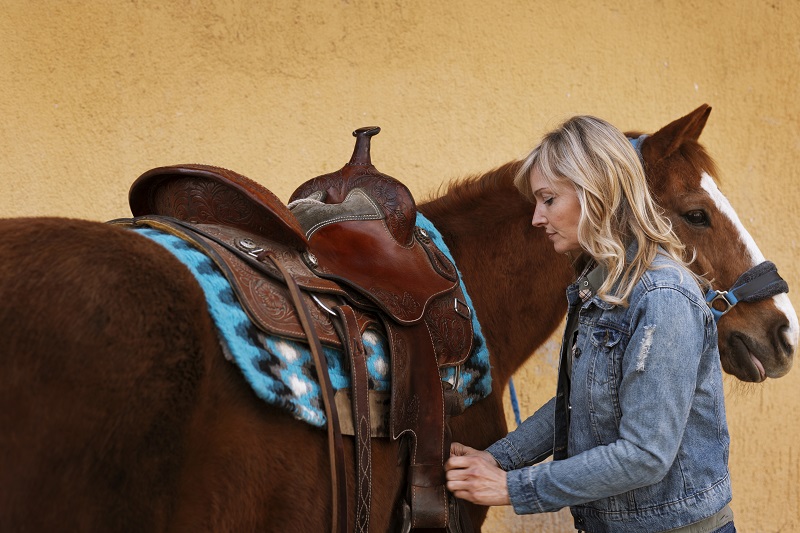
Choosing the right jumping saddle is essential for both your comfort and your horse’s performance. A saddle that fits well can enhance your jumping ability, help you maintain proper posture, and ensure your horse moves freely. On the other hand, a poorly fitted saddle can lead to discomfort, poor jumping form, and even injury. Here’s a guide to help you choose the best jumping saddle for both you and your horse.
1. Consider Your Horse’s Build
Every horse is different, and the most important factor when choosing a saddle is ensuring it fits your horse. A saddle that doesn’t fit properly can cause discomfort or even harm. It can pinch your horse’s withers, restrict its movement, or create pressure points that lead to behavioral issues.
What to Look For:
- Wither Clearance:Make sure the saddle sits comfortably over your horse’s withers without putting pressure on them.
- Gullet Width:The gullet of the saddle should leave enough room for your horse’s spine to move freely.
- Panel Fit:Check that the panels of the saddle are correctly aligned with your horse’s back to distribute weight evenly.
It’s essential to have your horse’s back measured professionally to ensure you’re selecting the right saddle. If you’re unsure, consult with a saddle fitter to determine the ideal fit.
2. Focus on Rider Comfort and Positioning
A jumping saddle is designed to help you maintain the proper riding position while ensuring your comfort during jumps. The seat, knee rolls, and stirrup bars all contribute to your stability and support.
What to Look For:
- Seat Depth:A deeper seat offers more security, while a flatter seat gives you more freedom of movement. Choose what feels more comfortable based on your riding style.
- Knee Rolls and Blocks:These provide extra support and help you maintain the correct leg position during jumps. Some riders prefer larger knee rolls for added security, while others may opt for smaller ones for greater flexibility.
- Stirrup Bars:The stirrup bars should be placed at an angle that allows for a natural leg position and makes it easier to release your stirrups when necessary.
Your jumping saddle should provide a balance of security and freedom, helping you stay balanced without feeling overly restricted.
3. Test the Saddle Before You Buy
It’s crucial to test the saddle before making your final decision. If possible, try riding in the saddle for a session or two to ensure it feels right for both you and your horse.
What to Look For:
- Horse’s Response:Your horse should appear comfortable and move freely without signs of discomfort. Pay attention to how your horse behaves during the ride and if there are any signs of resistance or tension.
- Your Comfort:Ensure the saddle allows you to maintain a balanced and secure position while jumping. Pay attention to how the saddle feels when you’re in the jumping position and during landings.
For additional guidance, you may want to consult with professionals like Alec Lawler, who provides expert advice on saddle fitting and rider comfort. His insights can help you understand what to look for during your test rides and how to assess a saddle’s fit for both you and your horse.
4. Choose the Right Material and Quality
Saddles come in a variety of materials, with leather and synthetic being the most common. Leather saddles tend to be more expensive but offer superior durability and comfort once broken in. Synthetic saddles are lighter and easier to maintain but may not provide the same level of comfort in the long run.
What to Consider:
- Leather Saddles:While more expensive, they are often the preferred choice for their superior quality and comfort. Leather also molds to your horse and your body over time, offering a custom fit.
- Synthetic Saddles:Ideal for beginners or riders on a budget, synthetic saddles are lighter and easier to clean. However, they may not offer the same level of long-term comfort or durability as leather saddles.
If you choose a leather saddle, ensure it’s properly cared for by regularly cleaning and conditioning the leather to maintain its flexibility and appearance.
Choosing the right jumping saddle is an investment in your horse’s performance and your own comfort. Take the time to consider both your needs and your horse’s needs when selecting a saddle, and always prioritize proper fit. With the right saddle, you’ll be ready to tackle your jumping challenges with confidence and ease.

